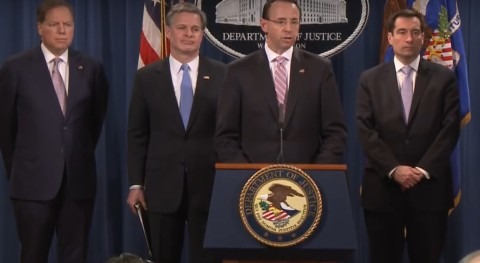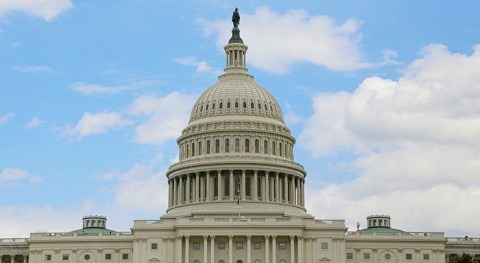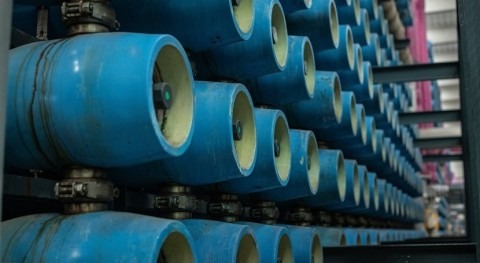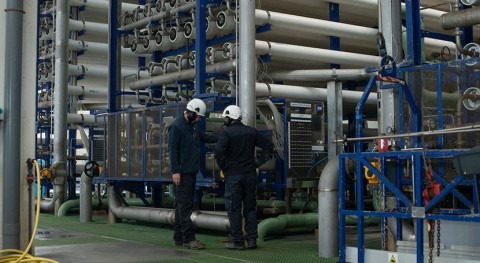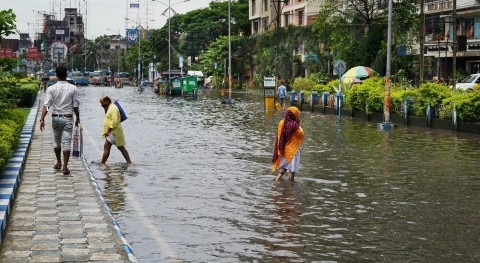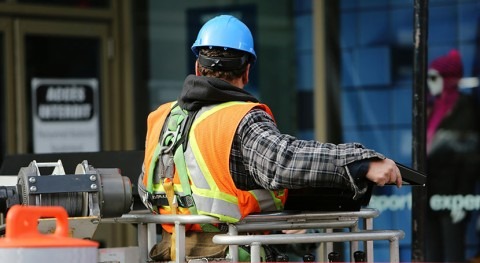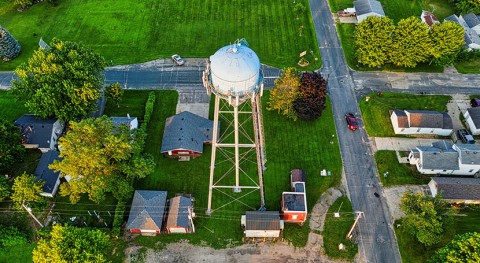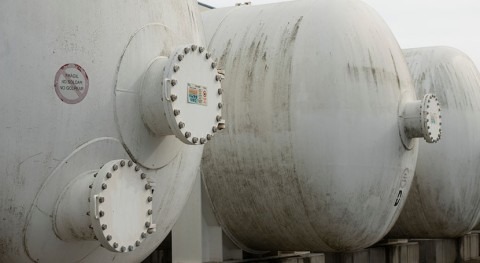California has been hit by powerful storms since the end of 2022, as a result of several atmospheric river events that have caused flooding and mudslides, with at least 17 people dead and hundreds of thousands of homes without power, informs Reuters.
A major cyclone is expected to bring more heavy precipitation and strong winds to northern California this Wednesday. A “bomb cyclone”, also called “explosive cyclogenesis”, often associated with atmospheric rivers, is a low-pressure system that experiences a rapid fall in pressure that creates an explosive effect.
The storms triggered President Biden’s emergency declaration for California earlier this week, authorising the Federal Emergency Management Agency (FEMA) to coordinate disaster relief efforts and mobilize emergency resources.
Atmospheric rivers are long narrow regions of the atmosphere that transport water vapour from the tropics and release it in the form of rain or snow when they make landfall. A strong atmospheric river can transport an amount of water vapour equivalent to up to 15 times the average flow of water at the mouth of the Mississippi River and lead to extreme rainfall and floods.
The current storms are not likely to reverse the ongoing drought in California, though; experts predict it would take several wet years to reverse it. However, some of the state’s reservoirs have begun to fill up, particularly those in the Sacramento region and in parts of the Sierra Nevada. David Gochis, an expert at the National Center for Atmospheric Research in Boulder, Colorado, said it will probably take a while to fill up the biggest, most crucial reservoirs: “it may take five or six such drenchings”.
But could the water from storms be saved to help face drier conditions in the future? Balancing flood protection and storing water to support the local water supply is not easy. Although drought and floods are not mutually exclusive, but two sides of the same coin of extreme weather, water managers may find it hard to gain support for storm projects in dry times, and vice versa.
Whereas green infrastructure works well during normal rain events, large infrastructure investments are needed to handle runoff during extreme events. “Each city has to balance between the major and the minor infrastructure projects to control runoff from extreme events, as well as frequent events, to cover the whole spectrum of rainfall because, throughout the years, we receive different rainfall events with different magnitudes,” said Marouane Temimi, an associate professor in the Department of Civil, Environmental, and Ocean Engineering at the Stevens Institute of Technology.
Andrew Fisher, a professor in the Earth & Planetary Sciences Department at UC Santa Cruz, explains the complexities of collecting water from storms on a large scale. The options are storing it in reservoirs, and in the ground. California has reservoirs to store large volumes of water, but largely in the mountains, away from populated areas.
The problem with storm runoff from populated areas is the first part of it is often contaminated: it washes off pollutants on roads, and also flooding can lead to overflows from septic systems. Therefore, the water captured would need to be stored and distributed through a different system than the drinking water.
Another option is to use runoff to recharge groundwater, something already done and known as managed aquifer recharge (MAR). California’s Department of Water Resources is looking at using flood-managed aquifer recharge (Flood-MAR) to capture the flood water from rainfall or snow melt. Some of the challenges involved are finding people willing to inundate their land for days or weeks, and concerns about creating habitat for pests. Furthermore, the river flows are mostly in the north part of the state, whereas most aquifers in need of recharging are in central and southern California, and transporting and distributing that water is expensive.
Fisher describes a different type of groundwater recharge programme in the Pajaro Valley, called Recharge Net Metering, where infiltration basins are carefully sited on private land. The basin is instrumented to measure the amount of water that soaks in, and landowners get a rebate on their water bills based on the recharge volume.
Officials recognise the state is transitioning to a climate that is warmer and more arid, and “in that big picture, this series of storms really is kind of just a drop in the bucket", as Jeannie Jones, interstate resources manager at the California Department of Water Resources, noted. In this scenario, storms can help ease the drought momentarily, and also help with the long-term water supply: it will take different methods and much investment to capture all that water and build resilience not only to floods but to drought at the same time.








